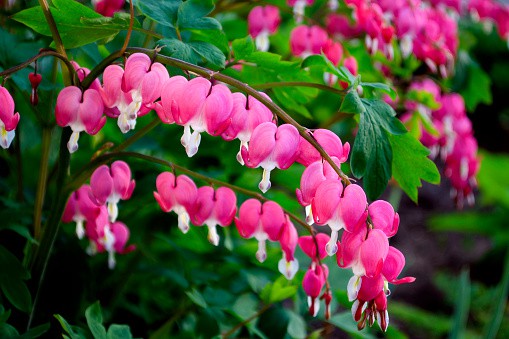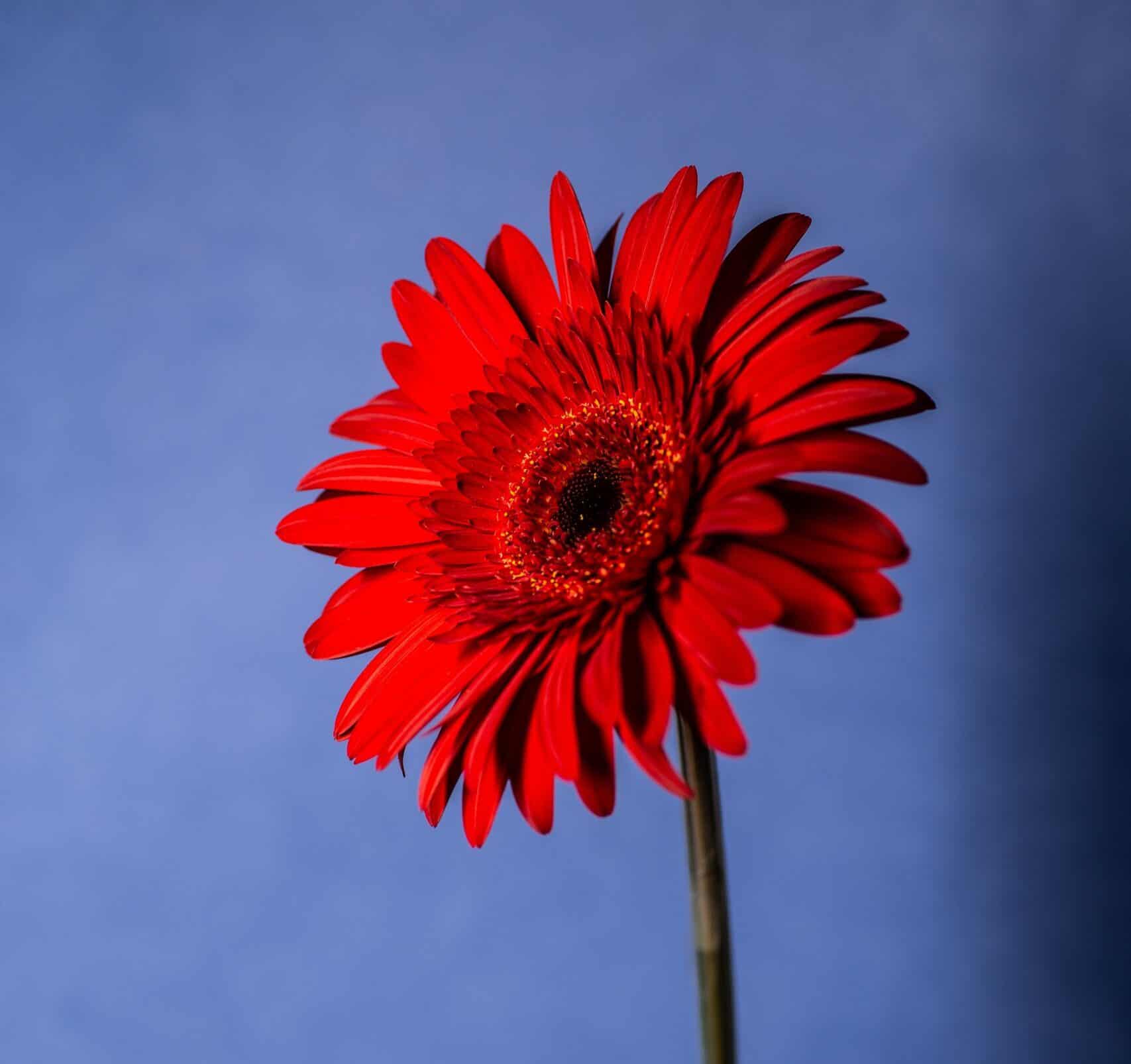Dutchmans Breeches (Dicentra Cucullaria) are a unique-looking bushy perennial that forms bushes of feathery blue-green leaves. In the second half of spring, the plant produces pantaloon-shaped flowers that are white in color, studded with yellow tips. The arching stems add an air of grace, but sadly they die soon after flowering. They thrive in part shade conditions, and make a great addition to woodland or cottage gardens.
The Latin name Dicentra cucullaria originates from the Greek word di, meaning two, and kentron, for a sting or spur. Cucullaria translates to “hooded” in reference to the flower’s nectary. In other languages, it is commonly known as Dutchman’s Breeches due to the flower’s pantaloon-like shape.
How to Plant and Grow
Dutchmans Breeches are perfect for adding a dash of vibrancy to your garden. The secret to success is providing plenty of moist and well-drained soil that is high in organic matter. A combination of sand and soil should do the trick. While they can happily grow in full sun, they prefer part to full shade and thrive in acidic soil pH levels between 5.0 and 7.0.
When planting, make sure you give them enough space to grow. A distance of 12-14 inches should be enough between plants. Water them regularly if the climate is dry, and supplement until the first blooms appear. Temperatures should be between 45-85 degrees Fahrenheit for optimal growth and the optimum season for planting would be early spring.
Fertilizing is not absolutely necessary but can help to promote flowering. Which ever type of fertilizer you chose to use, you should aim to apply it at a rate of one teaspoon per gallon of water once a month for mature plants. For newly formed plants, you can use a nitrogen-heavy fertilizer at a diluted rate.
Meaning and Symbolism
The symbolism of Dutchmans Breeches carries with it a reminder of peace and stability. This symbolization is particularly associated with the unique shape of their flowers, which looks almost like a pair of breeches.
In addition, Dutchmans Breeches are also considered to be a flower of luck and fortune. They are said to attract positive energy and good luck to the parts of the garden where it grows. This flower is often grown in gardens as a sign of love and romance. Its rare beauty is a physical reminder of the grace and delicacy of love.
History, Mythology, and Religious Significance
Dutchmans Breeches have had a significant role in mythology and religious symbolism throughout the ages. In parts of North America, the Native Americans believed that the Dutchmans’ Breeches when worn as a necklace would ward off illness and restore healthy, cheerful spirit. In the 19th century, it was believed to bring good luck and abundance to it’s wearers.
In Chinese and Japanese mythology, the Dutchmans Breeches is a symbol of gratitude, respect, and affection. Buddhists regard it as a symbol of joy and happiness. In Christianity, it is commonly given for Easter celebrations, and is – apart from the lily – one of the most popular Easter flower symbols around the world.
Flower Varieties and Their Defining Characteristics
The species Dicentra cucullaria belongs primarily to the Fumariaceae family, but is also referred to as a member of the Papaveraceae family. As a perennial, it typically grows up to 15-18-inches tall and spreads rapidly over the years. This particular flower variety also includes a handful of subspecies:
- Dicentra cucullaria forma floribunda, commonly known as the Double-lobed Dutchman’s Breeches, is characterized by typical double-lobed flowers with yellowy tips.
- Dicentra eximia, commonly known as the Wild Bleedingheart, has a more slender stem, but with larger, more luxuriant pinkish-white flowers.
- Dicentra cucullaria alba, also known as the White Dutchman’s Breeches, has white flowers, with a deeply bronzed foliage.
- Dicentra cucullaria lutea, also known as the Yellow Dutchman’s Breeches, has yellow flowers, with deeply lobed foliage.
How to Pot and Repot
One of the great things about Dutchmans Breeches is that they are perfectly suitable for growing indoors and outdoors. To pot, you will need a medium-sized pot with drain holes and some drainage material such as pebbles. Fill the pot with soil and fertilizer, and make sure that the roots are properly aligned in the required direction to encourage its growth.
You also need to ensure that the pot isn’t too big for the roots, otherwise this could result in waterlogging, leading to root rot. It is recommended to repot the Dutchmans’ Breeches every 2-3 years and to make sure you change the potting mix regularly. You can use a combination of compost and soil while repotting.
How to Prune
It is recommended to prune Dutchmans Breeches in late winter or early spring before they come in bloom. This is necessary to maintain their shape and to encourage future healthy blooms. Pruning should also be done to remove dead stems, and to improve symmetry and promote dense growth. Trim the damaged some older stems and discard the ones that are not growing any longer. If the area is too overcrowded, divide the affected plant and plant in separate containers. Also, pinch off any weak stems that are growing outwards.
How to Propagate
Propagating Dutchmans Breeches is an easy process and doesn’t require any special skills. All you have to do is divide a clump of existing plants into smaller pieces and replant them at the same soil temperature and depth. If your clump is too large or has too many flowering stems, just divide the clumps into two equal sizes. Each separate part should have some green foliage and a detached roots system. You can also propagate your Dutchmans Breeches by seed in late winter or early spring.
Common Pests and Diseases
Dutchmans Breeches are generally resistant to most pests and diseases, however, they are prone to attacks by slugs and snails. For this reason, it is important to keep an eye on the plant and check it often. To prevent this, spread some mulch around the plant to keep slugs away, and apply a natural pesticide such as neem oil if the problem persists.
Furthermore, Dutchmans Breeches are also susceptible to a few diseases like leaf spot, powdery mildew, and root rot. When this happens, it’s likely that your soil is too wet. The best way to tackle this is to remove and discard any affected leaves and improve the drainage by putting more soil and compost in the pot.
Three Frequently Asked Questions about Dicentra cucullaria
- Are Dutchmans Breeches poisonous?
Yes, this flower is known to be mildly poisonous. It contains a toxin known as lycorine, which can cause skin irritation and digestive issues. It’s best to not handle the flowers or leave them within reach of children or pets. - How long do Dutchmans Breeches last?
Dutchmans Breeches are considered perennials, meaning they will continue to grow in the same spot year after year. Generally, they can last up to two or three seasons in the same location. - When should I expect to see blooms?
Generally, Dutchmans Breeches produce blooms in the second half of spring. Again, this can vary depending on where you live, but expecting them to bloom around April or May is usually a good rule of thumb.
Table Fact Sheet
| Dutchmans Breeches | Dicentra cucullaria |
|---|---|
| Family | Fumariaceae |
| Plant Type | Perennials |
| Mature Size | 15-18 in. |
| Sun Exposure | Part to Full Shade |
| Soil Type | Rich, moist and well-drained |
| Soil pH | 5.0-7.0 |
| Bloom Time | Late Spring |
| Flower Color | White (various other possibilities) |
| Hardiness Zones | 3-8 |
| Native Area | Eastern United States to Southern Canada |
What we love from Amazon this week
Buy these wonderful flowers directly from Amazon:















